The third component of the A-Level Film Studies course is a production-based unit worth 30% of the qualification. This entails an entirely independent filmmaking project, involving the creation of a short film with a duration between four and five minutes. The coursework process will be entirely documented in a series of blog posts referred to as the Production Diary, this post being the first of many. The short film must align with one of the four briefs established by the exam board, listed below:
- A narrative which has a distinct genre.
- A narrative which has parallel stories.
- A non-linear narrative.
- A narrator.
The creative process of the making of the short film can be clearly divided into six ‘elements’ of production:
- Element 1 – Research
- Element 2 – Pre-production
- Element 3 – Production
- Element 4 – Post-production
- Element 5 – Evaluative Analysis
- Element 6 – Submission
Research involves the viewing of the Eduqas Short Film Collection, which consists of 18 films that will be viewed in class and will each receive a respective blog post afterwards. During the Evaluative Analysis process, at least three of the 18 films must be credited for imbuing creative inspiration within your own short film.
Pre-production is a lengthy process which occurs after a clear, finalised idea of what the short film will entail has been reached. The mandatory aspects of the pre-production process are listed in bold:
- Production Idea
- Treatment (written in detailed prose, using film-specific language)
- Pitch (filmed verbal delivery of the treatment, followed by discussion)
- Pitch Reflections (subsequent thoughts, audience response, teacher feedback, etc.)
- Action points and preparation possibilities
- Research into screenplay conventions
- Research into storyboarding conventions
- Research into lighting
- Research into equipment – cameras, lenses, etc.
- Location scout
- Casting
- Finalised screenplay, with evidence of drafts and versions
- Filmed rehearsals
- Filmed screenplay read-through
- Storyboards
- Practice shots
- Wardrobe and prop acquisition
- Makeup
- Special effects
- Soundtrack research
Production involves the entire filming process of the film and all aspects of camerawork and editing are assessed. A diverse range of camera shots and editing techniques are encouraged within the production, through the application of the key elements of film form. Performance skills are not assessed.
Post-production is another fairly lengthy process which has the potential to impact the final mark significantly. Through the process of frequent screenings in order to receive invaluable feedback, this process will involve reshoots and rewrites in order to improve the film in the best way possible. New cuts of the film will be edited in LumaFusion.
Evaluative Analysis involves a 1600-1800 word evaluation of the production. It is here that the Eduqas Short Film Collection will be referenced. The evaluative analysis will include:
- The narrative structure of the short film – an analysis of how the narrative features and dramatic qualities of all short films studied are constructed – highlighting key ideas which informed our own production.
- Cinematic influences – an analysis of how audio/visual elements of other professionally produced films or screenplays – including short films -influenced our own short film.
- How our film creates meaning and effect – an analysis of how our production creates meaning and generates responses for the spectator in relation to other professional short films – including at least one of the Eduqas Short Film Collection.
Submission is the final element of the creative process, involving the handing in of three specific documents:
- A cover sheet, completed with the class teacher.
- The final short film itself, uploaded as a .mp4 file.
- The evaluative analysis document, uploaded to the shared OneDrive folder.
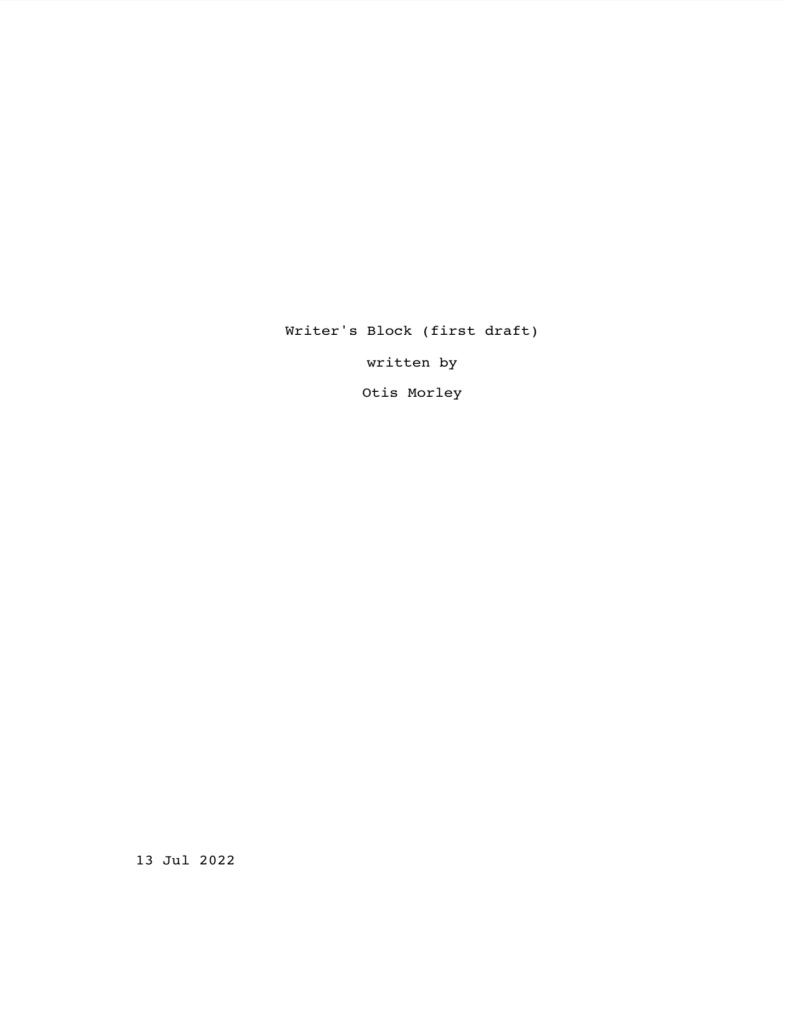

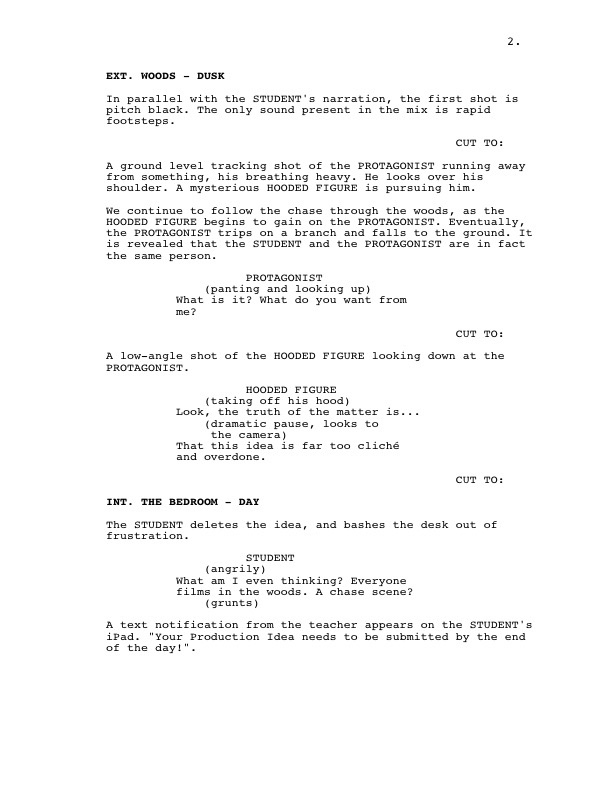
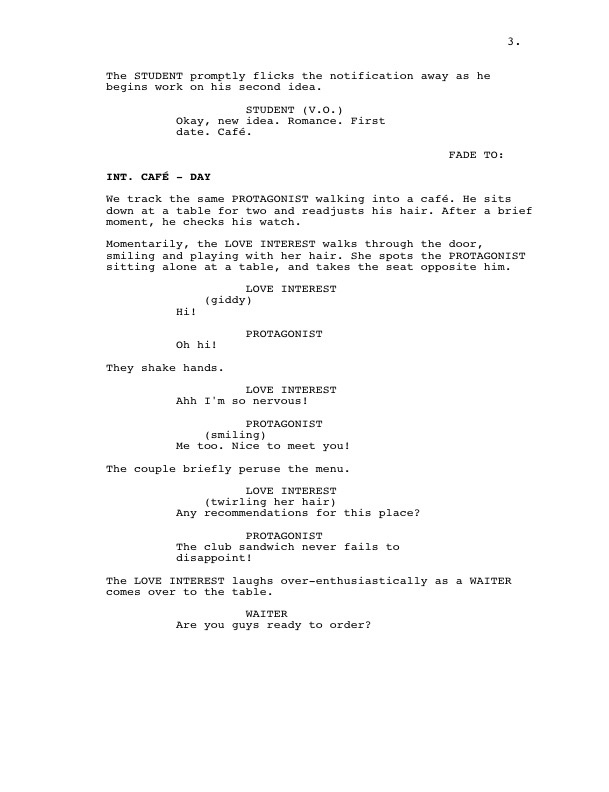
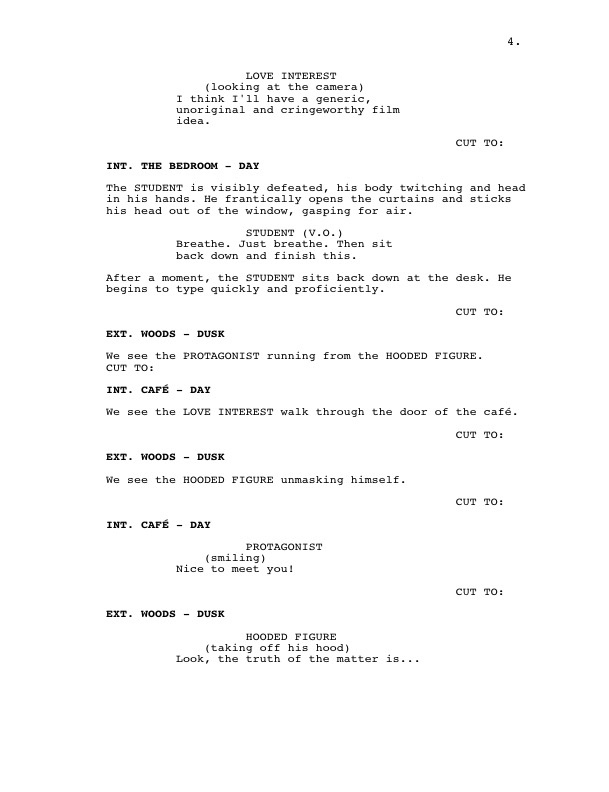

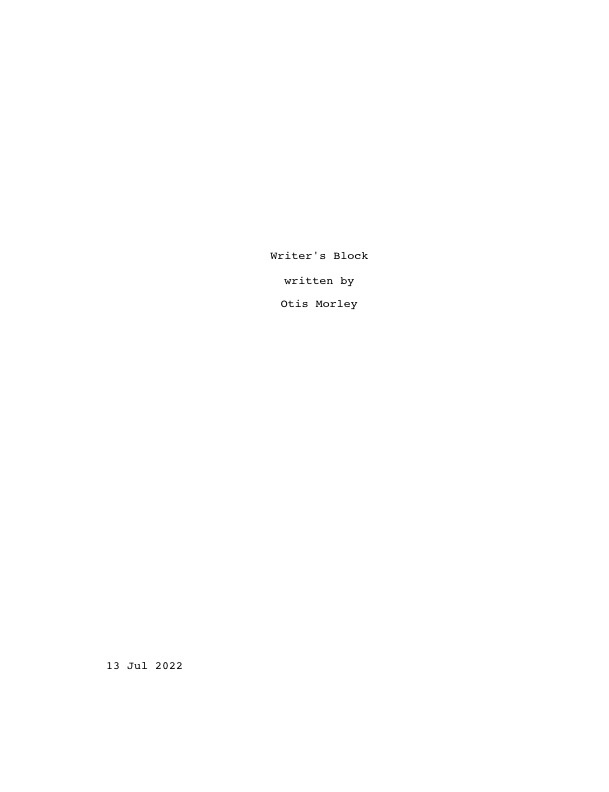
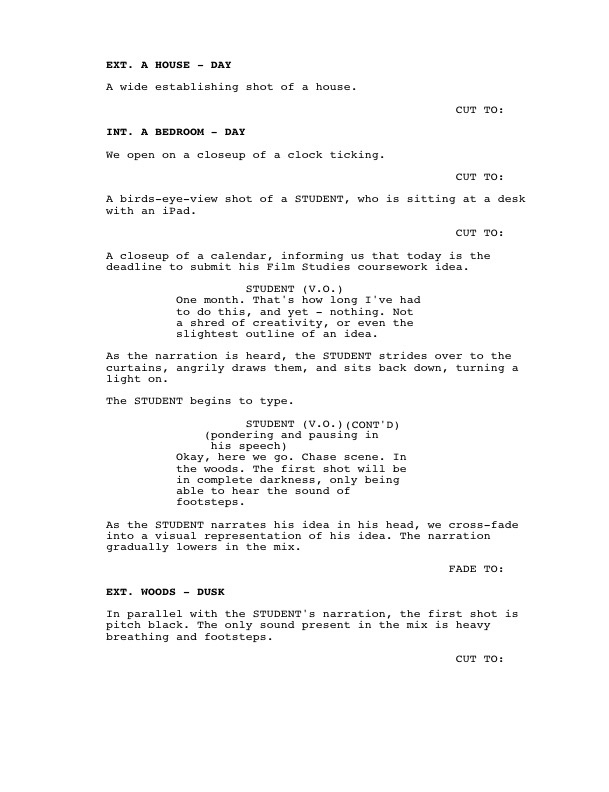
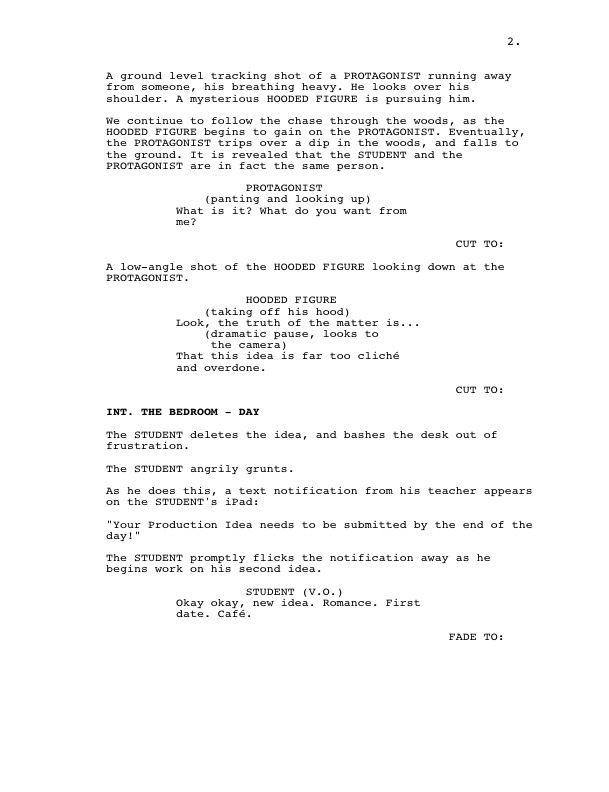
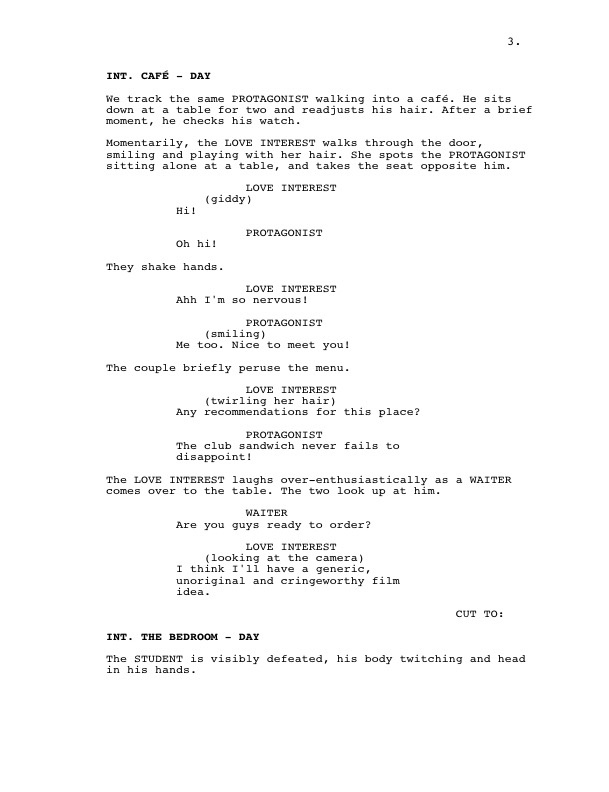
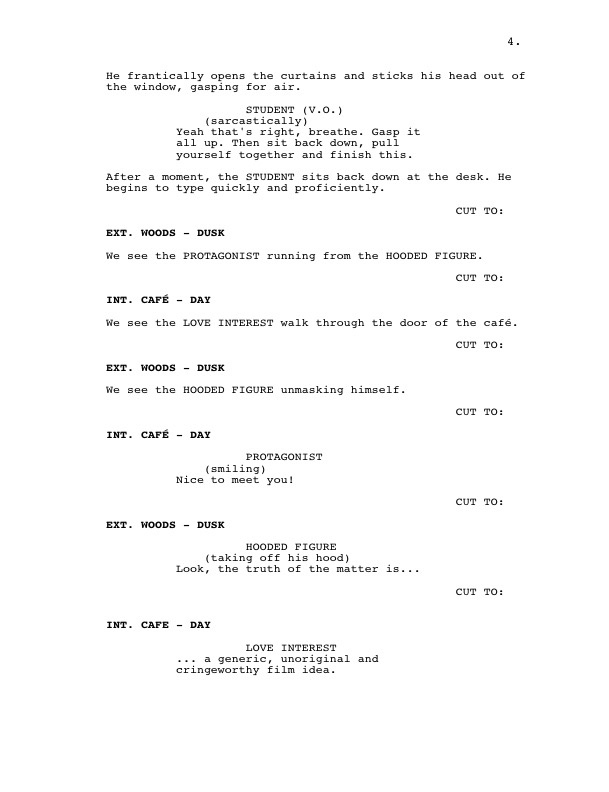
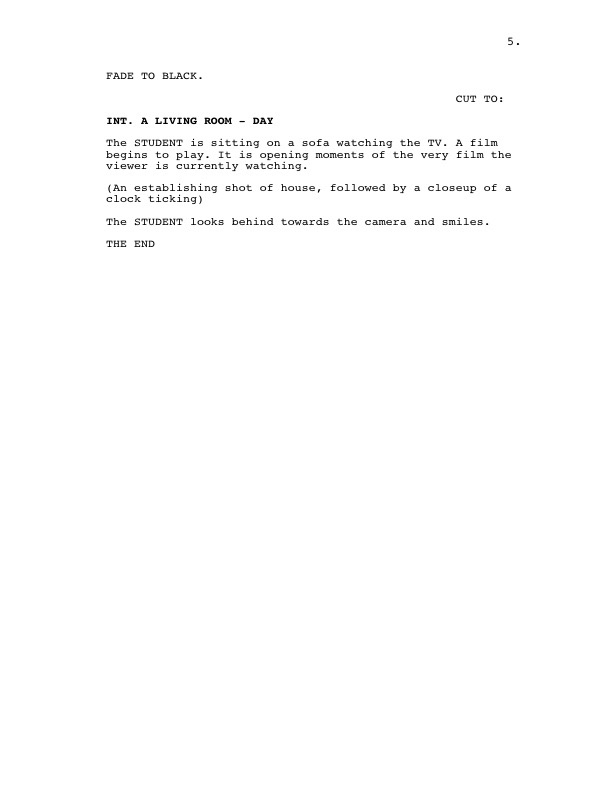
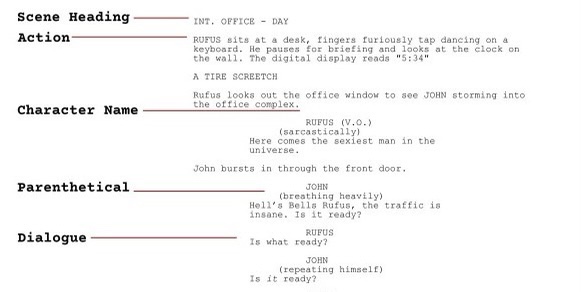
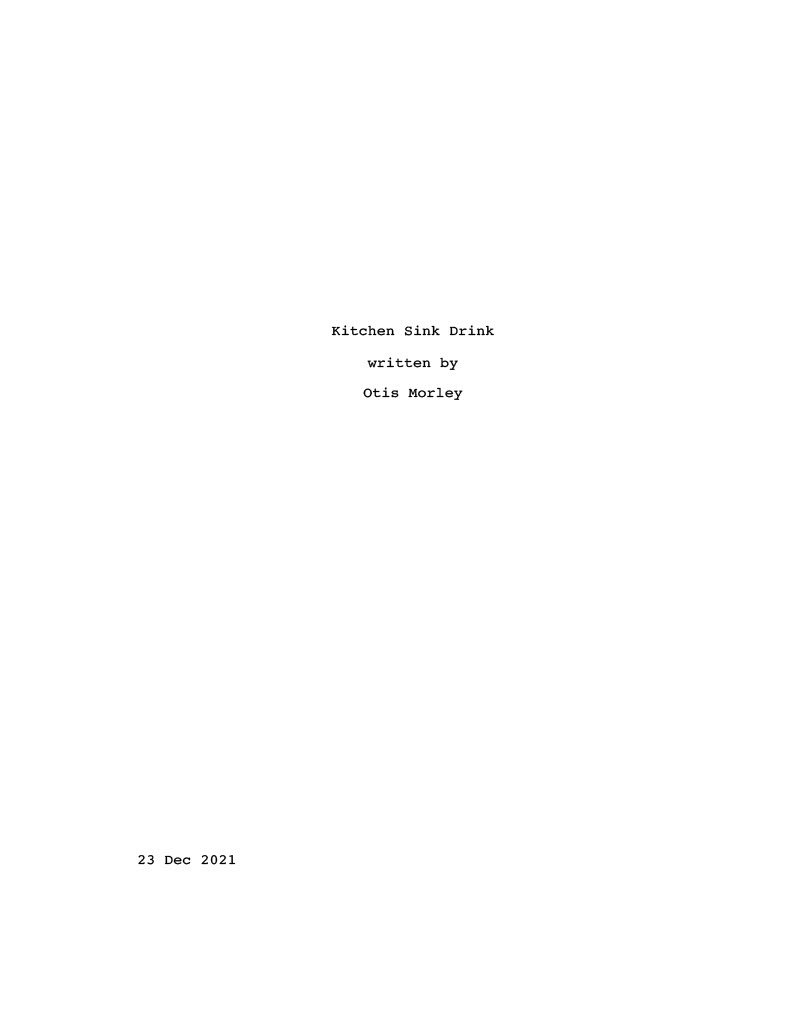
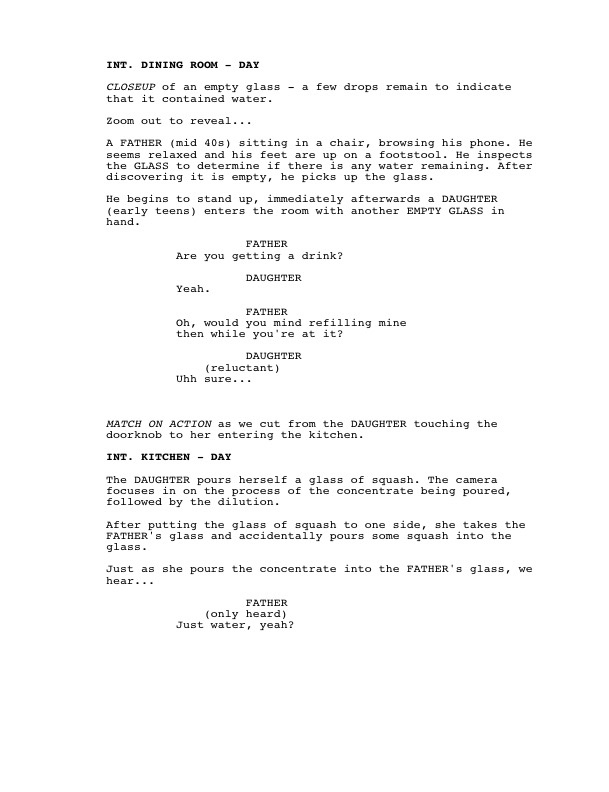
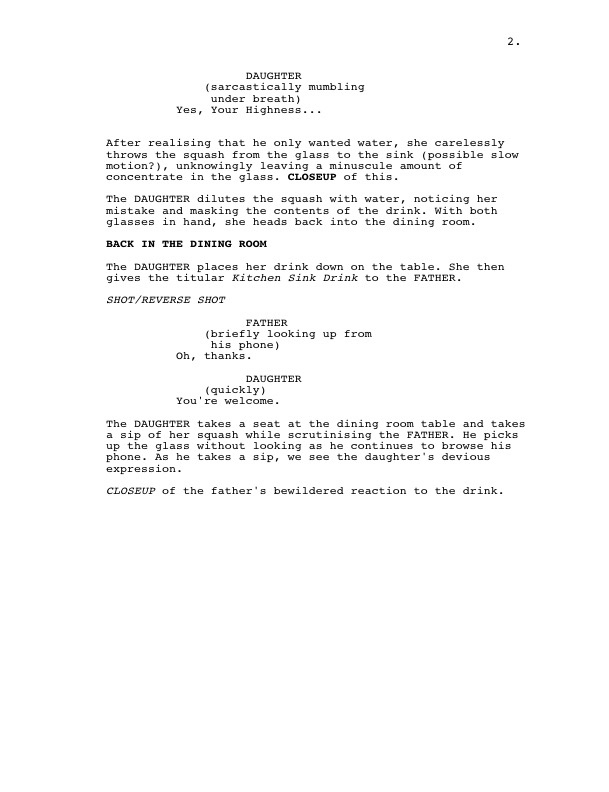
You must be logged in to post a comment.